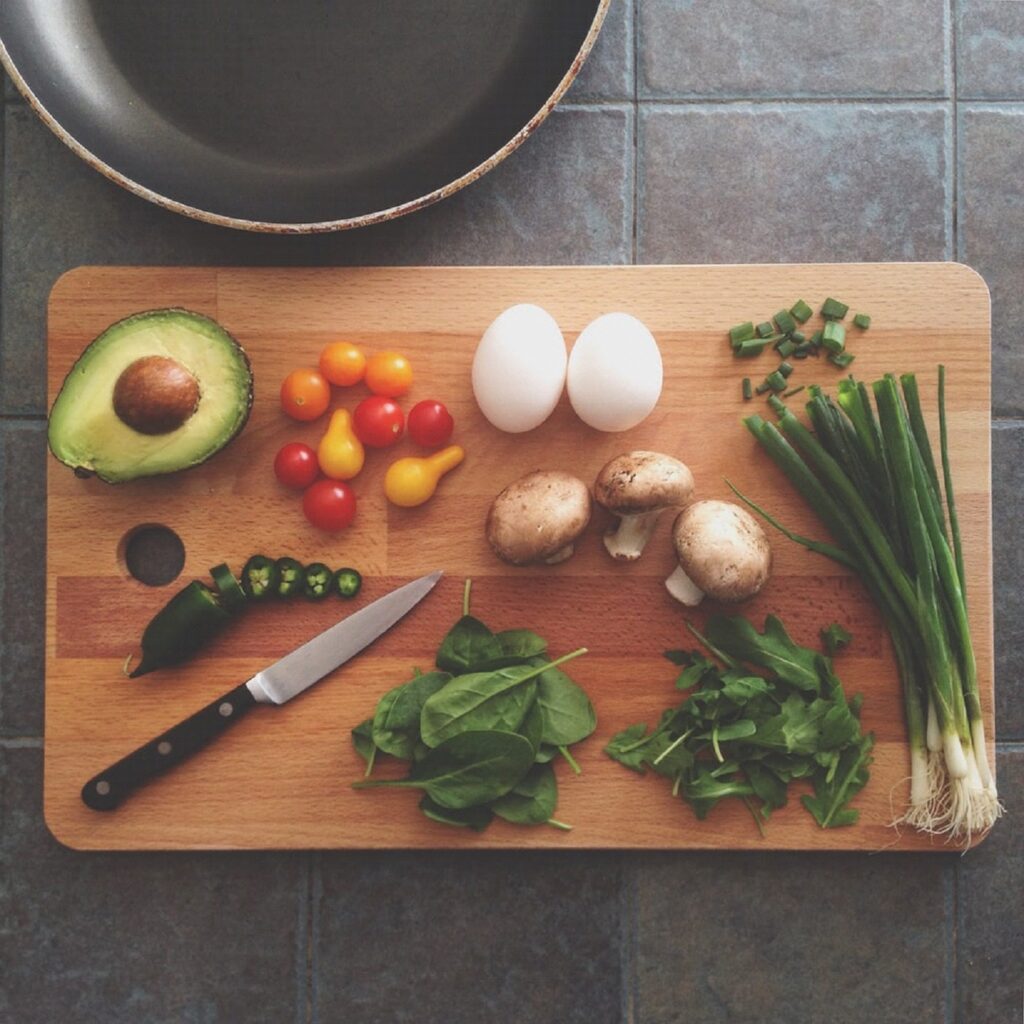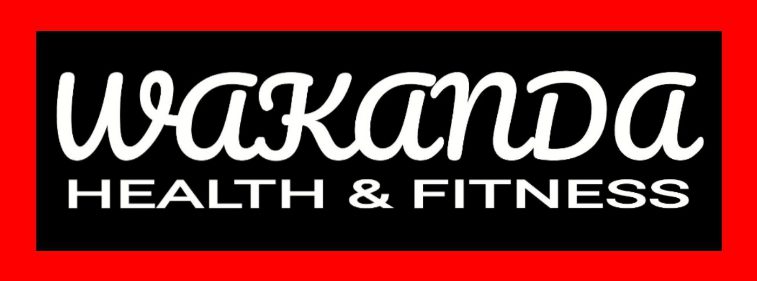A Balanced Diet Is A Major Casualty During The Pandemic
By Uduak Effiong
The COVID-19 pandemic has led to a food insecurity all across the world. Although WHO suggested a balanced diet plan to promote the health and well-being of individuals, the balanced diet is, regrettably, the main casualty of the COVID-19 pandemic. For example, consumption of protein-rich foods, vegetables and fresh fruits has declined globally.

Simultaneously, intake of high-sugar foods, fatty foods, and snacks have been increased, further misbalancing the diet. Thus, due to the shortage of micronutrients (due to lack of green vegetables) and elevated intake of empty calories from junk foods, these dietary alterations can have a detrimental effect on both immunity and the control of non-communicable diseases.
Why A Balanced Diet Is A Major Causality Of The Pandemic?
Numerous factors contribute to food insecurity and the inability to maintain a healthy diet during this pandemic. For example, “purchasing power” has declined dramatically as a result of income loss throughout the lockdown period.
Additionally, the price of vegetables, fruits and foods rich in protein spiked significantly during the shutdown, particularly in China2. Furthermore, “social isolation” has significantly restricted access to supermarkets and other local merchants.
Additionally, due to transportation restrictions, food loss of fresh items such as fruits, vegetables, and milk increased1. Similarly, due to financial and logistical constraints, food imports were restricted.
Moreover, during the lockdown, numerous people preferred junk foods over veggies, fruits, and meat. For instance, massive research conducted in Italy showed 53.9 percent of individuals changed their lifestyles during the lockdown, with 2/3rds reporting increased intake of sweets, junk foods and decreased consumption of vegetables and fruits, and increased intake of leftover foods than their usual intake.
WHY DO YOU NEED BALANCED DIET DURING THIS PANDEMIC?
Dietary habits among different populations may contribute to COVID-19’s geographical variation. For example, In India, the Covid-19 situation is worst, more and more people are being infected and numerous have died. This high infection and death rate is due to low immunity among people and the potential reason behind this low immunity is malnourishment and anemia (a blood disorder)4. Additionally, WHO has also emphasized the need for a balanced diet in order to maintain a healthy immune system and avoid infection or to attenuate the effects of chronic illnesses and infections.
It is important to mention here, the enzyme named transmembrane an angiotensin-converting enzyme (ACE2) facilitates the entrance of SARS-CoV-2, and dietary habits are directly associated with this enzyme ACE levels. A high-saturated fat diet(meat) enhances ACE5, whereas other plant foods suppress ACE6,7. For example, research showed that Broccoli contains an enzyme called protein hydrolysate which is made of peptide LVLPGELAK, this peptide inhibits the activity of ACE and is as well as a blood pressure-lowering agent8. Another research stated that specific diets can reduce death risk. It is also worth noting that blood ACE levels are highly responsive to dietary intake9. For example, the food you eat highly affects your ACE levels, if your Ace levels are high, the more you are at risk of developing COVID-19 infection and vice versa.
Thus, a balanced diet is unquestionably critical for the prevention of COVID-19 and may have a beneficial effect on COVID-19-related mortality.

References
⦁ Stephens EC, et al. Editorial: impacts of COVID-19 on agricultural and food systems worldwide and on progress to the sustainable development goals. Agric Syst 2020; 183:102873.
⦁ Dou Z, Stefanovski Darko, Galligan David, Lindem Margaret, Paul Rozin, Chen Ting, Ariana M, Chao. The COVID-19 pandemic impacting household food dynamics: a cross-national comparison of China and the. U.S. SocArXiv;2020
⦁ Di Renzo L, et al. Eating habits and lifestyle changes during COVID-19 lockdown: an Italian survey. J Transl Med 2020;18(1):22
⦁ Das A, Das M, Ghosh S. Impact of nutritional status and anemia on COVID-19- is it a public health concern? In: Evidence from national family health survey4 (2015-2016). Public Health; 2020. India
⦁ Schuler R, et al. High-saturated-fat diet increases circulating angiotensinconverting enzyme, which is enhanced by the rs4343 polymorphism defining persons at risk of nutrient-dependent increases of blood pressure. J Am Heart Assoc 2017;6(1).
⦁ Iwaniak A, Minkiewicz P, Darewicz M. Food-originating ACE inhibitors, including antihypertensive peptides, as preventive food components in blood pressure reduction. Compr Rev Food Sci Food Saf 2014;13(2):114e34.
⦁ Fan H, Liao W, Wu J. Molecular interactions, bioavailability, and cellular mechanisms of angiotensin-converting enzyme inhibitory peptides. J Food Biochem 2019;43(1):e12572.
⦁ Dang Y, et al. In vitro and in vivo studies on the angiotensin-converting enzyme inhibitory activity peptides isolated from broccoli protein.
⦁ Bousquet J, et al. Is diet partly responsible for differences in COVID-19 death rates between and within countries? Clin Transl Allergy 2020; 10:16.
